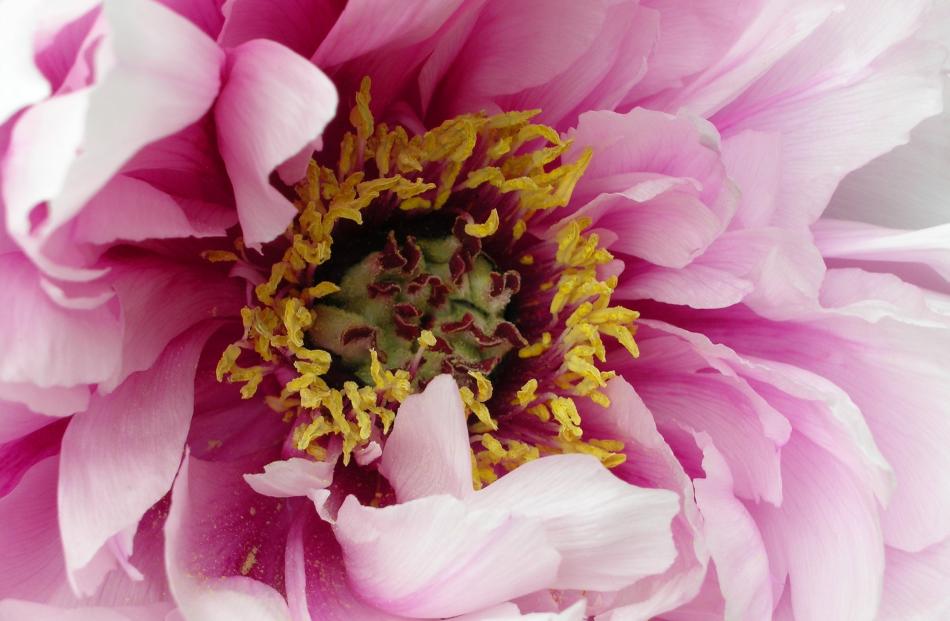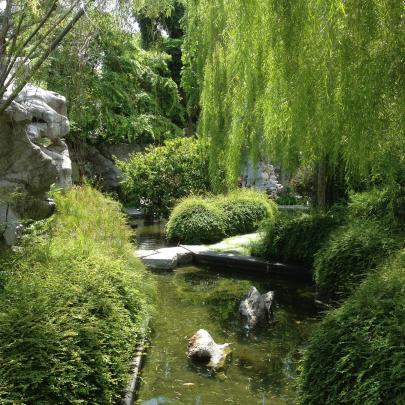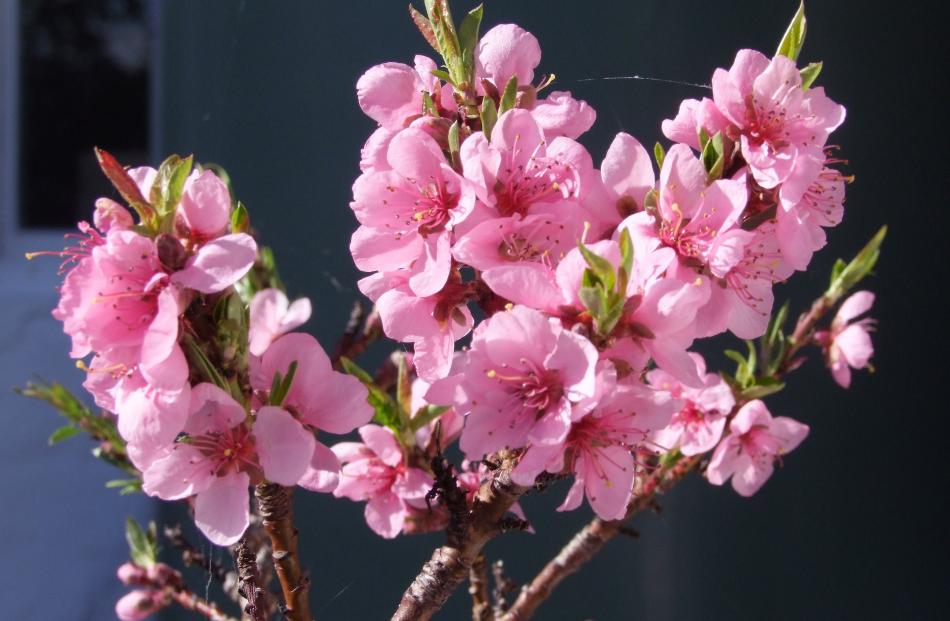Take a different angle on flower meanings, suggests Gillian Vine.
The language of flowers has enjoyed a bit of a revival in recent years, with red roses ("I love you") a popular Valentine’s Day gift.
Long before the Victorians ascribed meanings to everything from aster ("daintiness") to zinnia ("thoughts of absent friends"), the Chinese had developed their own flower calendar.
China had a traditional solar calendar of 12 months, based on the earth’s orbit around the sun.
According to legend, it was invented by Emperor Huangdi in 2637BC.
Over the centuries, it has changed and its 12 flowers are now plum, peach, tree paeony ("high rank and wealth"), cherry, magnolia, pomegranate, lotus ("purity and integrity"), pear, mallow, chrysanthemum ("prosperity"), gardenia and poppy.
Other plants are important in China and some overlap with the calendar’s flowers.
Among them are the Three Plenties that are believed to bring blessings in the form of long life, happiness and many children.
They are pomegranate (Punica granatum), peach (Prunus persicum) and citron (Citrus medica).
The pomegranate signals fertility, presumably because of its numerous seeds, the peach means happiness and longevity, while citron — commonly called the Hand of Buddha because of its unusual shape — also means a long life for its grower.
Then there are the Three Friends of Winter, which maintain their colour (pine and bamboo) in the cold months or flower as winter draws to a close (wild plum).
That plum, Prunus mume, is usually sold in this country as Japanese apricot and flowers may be from white to dark pink.
Pine, appreciated for its bark and its longevity even in harsh conditions, is often featured in Chinese gardens, as is bamboo, which symbolises resilience.
Frequently included to keep evil out are weeping willows (Salix babilonica), although willows will not grow in tropical areas so some gardens — for example, the fine Chinese garden in Singapore’s Gardens by the Bay — use a similar-looking Australian form of manuka, Leptospermum madidum, to achieve the desired effect.
Whether the Aussie substitute wards off evil is unclear.
A plant’s symbolism sometimes is a reflection of the sound of its name.
For example, the Chinese word for sweet olive (Osmanthus fragrans) sounds like "noble", so if you spot a boy holding a branch, you could say, "Aha, he is a noble son."
Water is essential to a Chinese garden’s design, a reminder of how nature is ever changing.
The overall intention is to reproduce the natural landscape in miniature, so carefully chosen rocks, often in fantastic natural shapes, represent male elements and are used rather as Western gardeners place statues.
Rocks with holes are especially prized.
If you thought the concept of garden rooms was a Western one, think again, as glimpses through windows and doors show individual scenes, giving an illusion of spaciousness.
Chinese gardens are the ultimate in utilising space efficiently, providing lessons for the Western gardener.
















